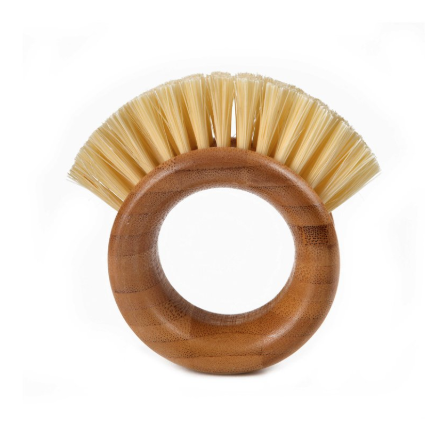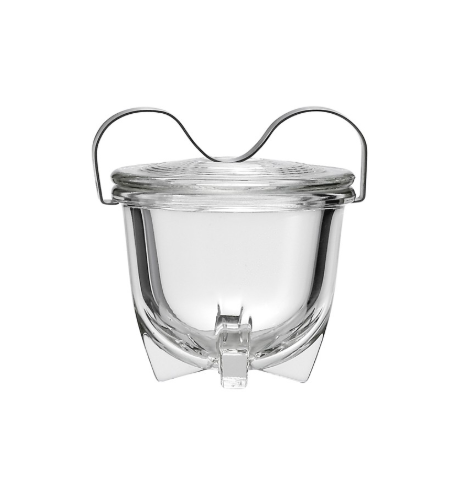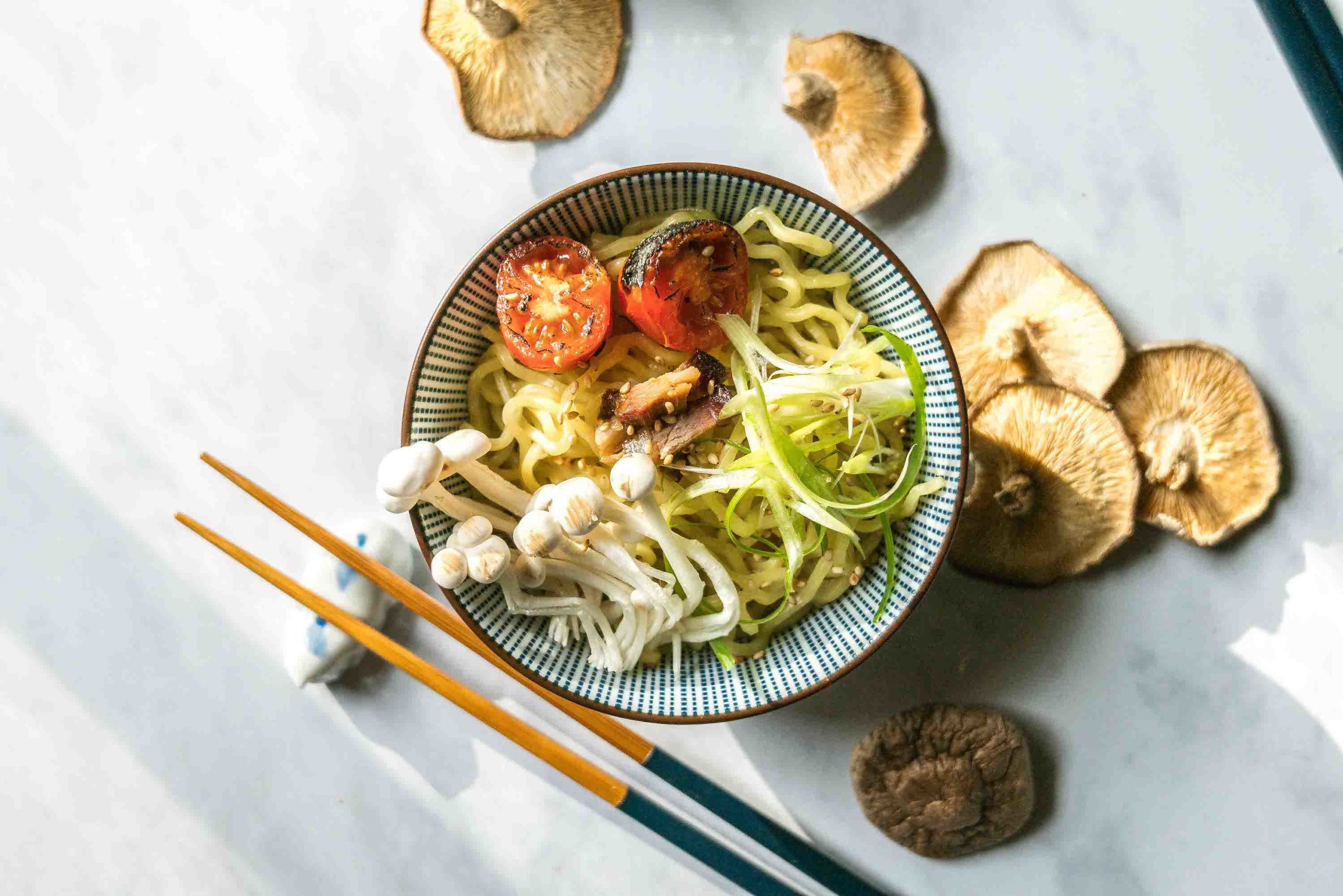
There’s a chapter in elementary school education where you learn everything about your sense of taste. My husband’s memory of it involves adults feeding him unsweetened chocolate and some light psychological trauma. I feel like mine is a similar situation with greek olives. Until 2002, there were only four taste experiences we knew of: sweet, sour, bitter, salty. But then we added my personal favorite to the list: umami. Adding a new basic taste to the pantheon for me was probably similar to how kids these days feel about Pluto no longer being a planet. Umami is everything when you’re a food lover.
Those five tastes aren’t randomly selected. In fact, it’s very scientific. The reason we classify the basic five tastes is because the tongue has five different receptors. Each receptor fits molecules that define each taste like a lock and key system. While the taste and compound of umami itself was discovered in Japan in 1908 by scientist Kikunae Ikeda, it wasn’t until 2002 when the umami tongue receptor was found, validating umami as a primary taste sensation. Interestingly enough, the body actually has these mechanisms for taste identification as a survival skill. It helps humans avoid risky food behaviors (poison or spoilage) and find the nutrients needed to live.
For example, we taste ‘sweet’ to help us find sugar, our primary energy source. When we taste ‘salt’, it helps identify minerals which are crucial for fluid balance in the body. The taste of umami tells us we consumed protein, triggering saliva production (and if you really want to know, it’s extra thick saliva that helps you taste more and taste it longer) and kicks up digestive juices.
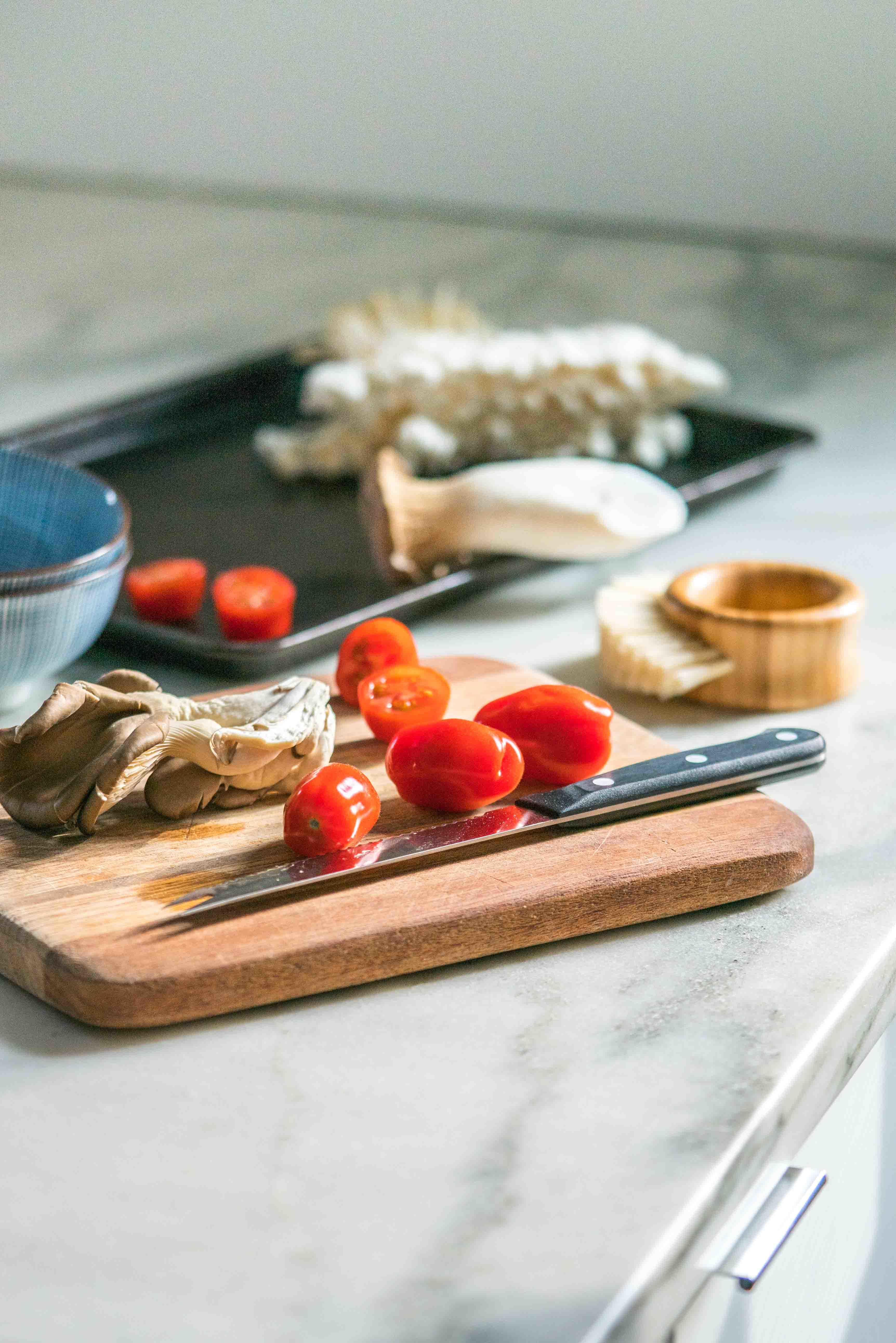

So what does umami taste like? The taste of umami is the combination of salts with the amino acid glutamate (MSG) or salts with the nucleotides inosinate and guanylate. To get a double boost of umami flavor, ‘synergistic umami’ can occur when glutamate is paired with inosinate or guanylate. And wouldn’t you know it… those things exist in foods we love and pairings we love. Aged cheeses, ripe tomatoes, onions (all three rich in glutamate) and mushroom (guanylate) with cured ham (inosinate). That’s a pizza and it’s delicious. It’s full blown umami. Chicken noodle soup is the same: onion, garlic, carrot, celery (glutamate) and chicken (inosinate). Although we like to think of taste as fully personal preference or more artistic… it’s actually a little scientific.
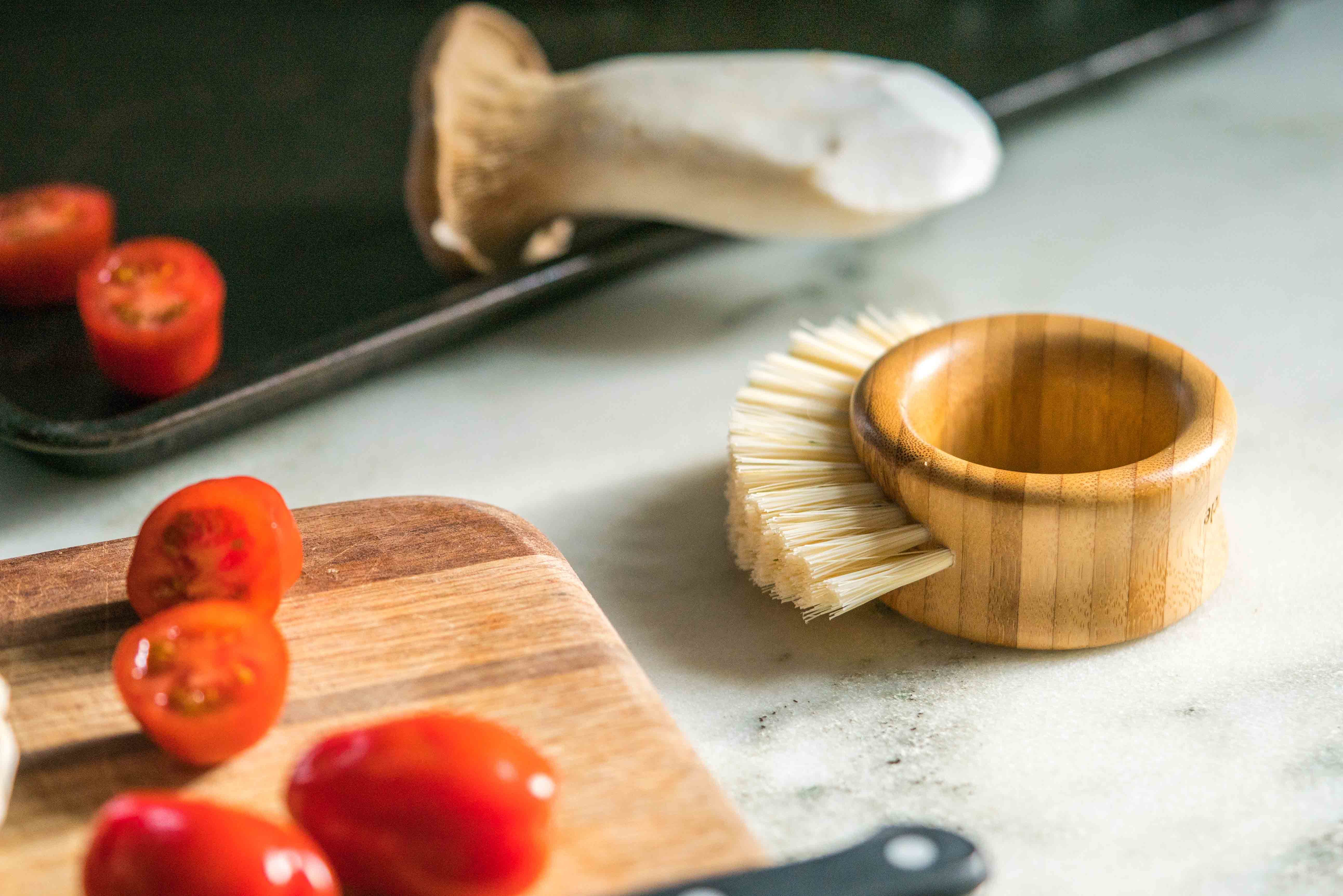
To create more umami compounds on foods, ripening and fermentation is a tactic used around the world by many cultures. While umami was discovered in Japan and is an integral part of Japanese cuisine’s addition to the Unesco ‘intangible heritage list’, umami isn’t uniquely Japanese. Remember aged cheese from earlier? Think about our own American BBQ sauce or fish sauce from Vietnam. All examples of umami.
From a health perspective, umami has a lot to offer. In typical ‘Western’ style cuisine, flavor is built in recipes using fat. For example butter, cheese, heavy cream and bacon can be added on top of each other to create popular dishes deemed ‘delicious’.
By contrast, in Japanese cuisine, umami is created in layers throughout a recipe creating an umami rich meal, but at a fraction of the fat and calories. While calories obviously don’t tell the whole story, for those who are trying to be conscious of their calorie consumption, umami as a tool could be wildly beneficial.
Umami can also help us all eat more veggies. The compound of umami increases salivation and lasting taste, so by pairing veggies with a umami rich food, the taste of veggies can be improved. Studies also indicate umami could help with digestion. Those umami receptors on the tongue, also existing in the stomach and intestines. So umami might be helpful in protein digestion too!
To get started with umami, I wanted to show you two different ways cultures use different umami rich ingredients. Dish one is a coddled egg breakfast with parmesan (very umami). Coddled eggs became popular in Europe in the late 19th century. Served with toast it’s the perfect poached egg without even trying. You can also add in cured ham or other goodies with the egg before you simmer.
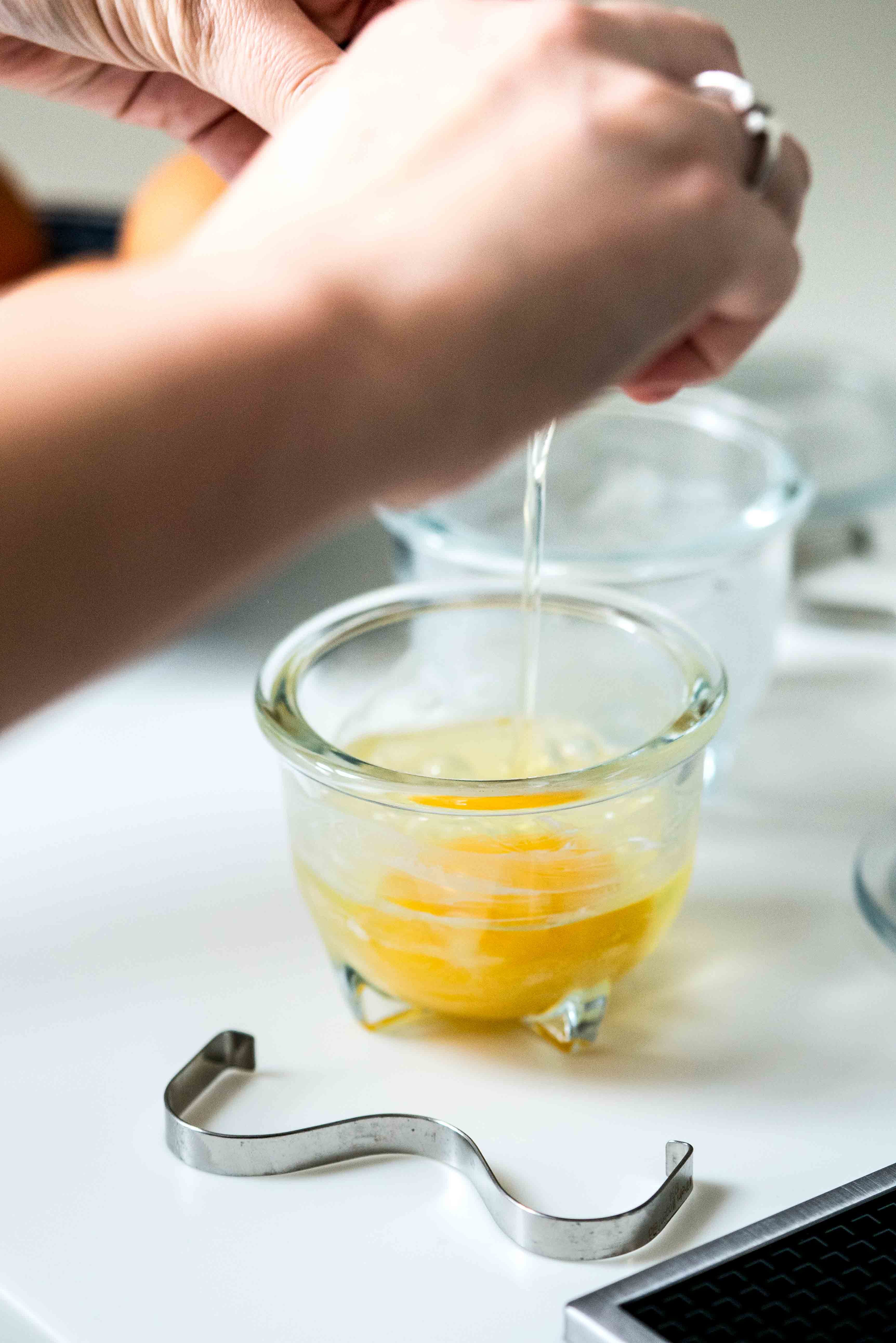

The second dish is a ramen with roasted tomatoes and dashi broth (a nod to Ivan Ramen). Dashi is used in so much Japanese food in different ways but you can add umami intensity with mushrooms or pork belly.
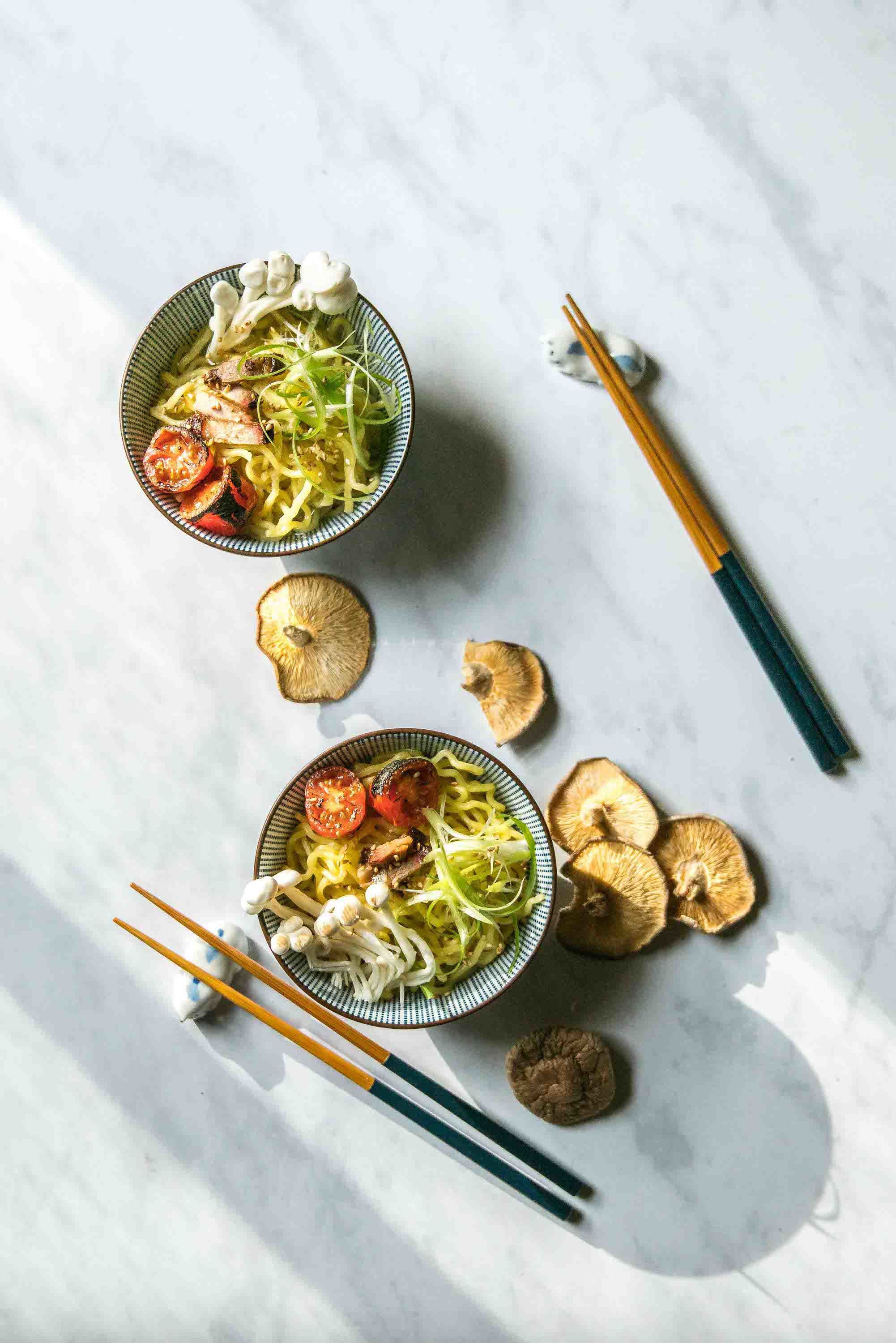
To make your own umami rich meal, here are some ingredients. Remember, there’s no right or wrong, only delicious!
- Kombu (seaweed)
- Ripe or roasted tomatoes
- Garlic
- Peas
- Onion
- Carrot
- Dried shiitake mushrooms
- Scallop
- Shrimp
- Anchovies
- Chicken
- Dried cured ham
- Aged cheese
- Fish sauce
- Soy sauce
- Miso


